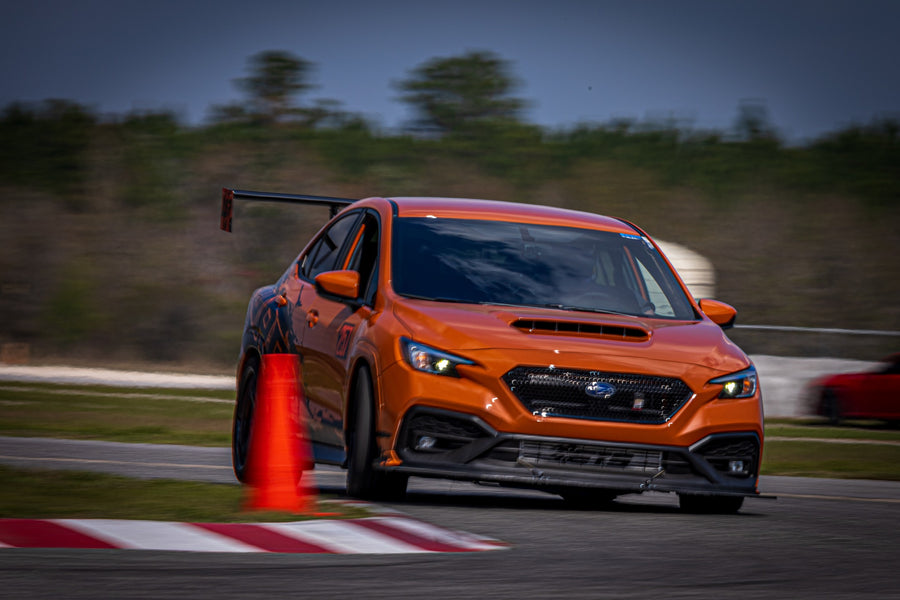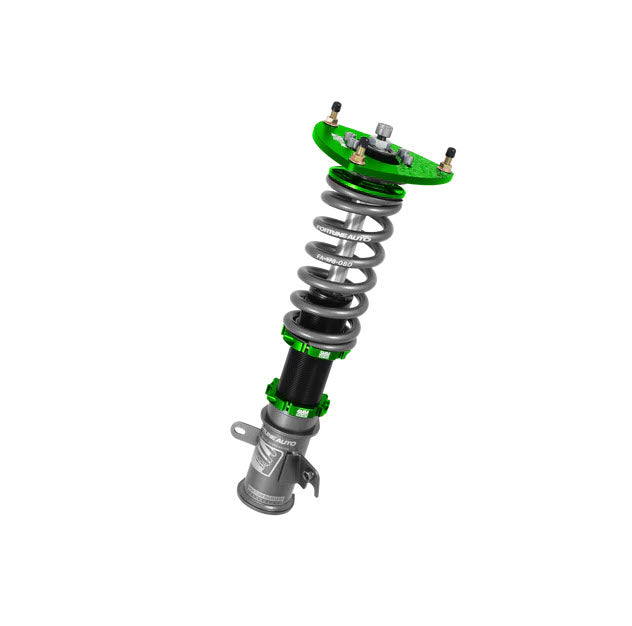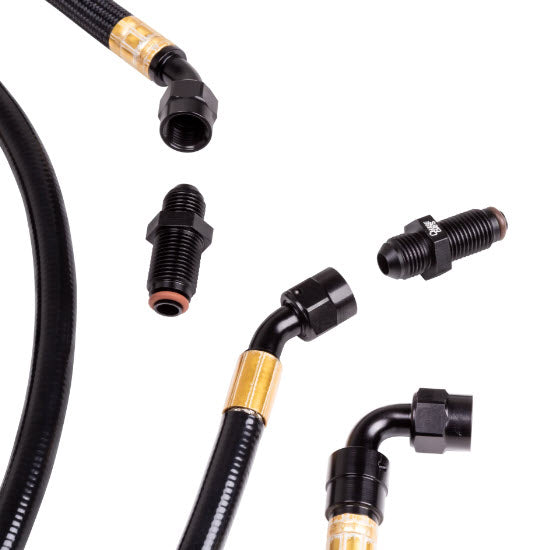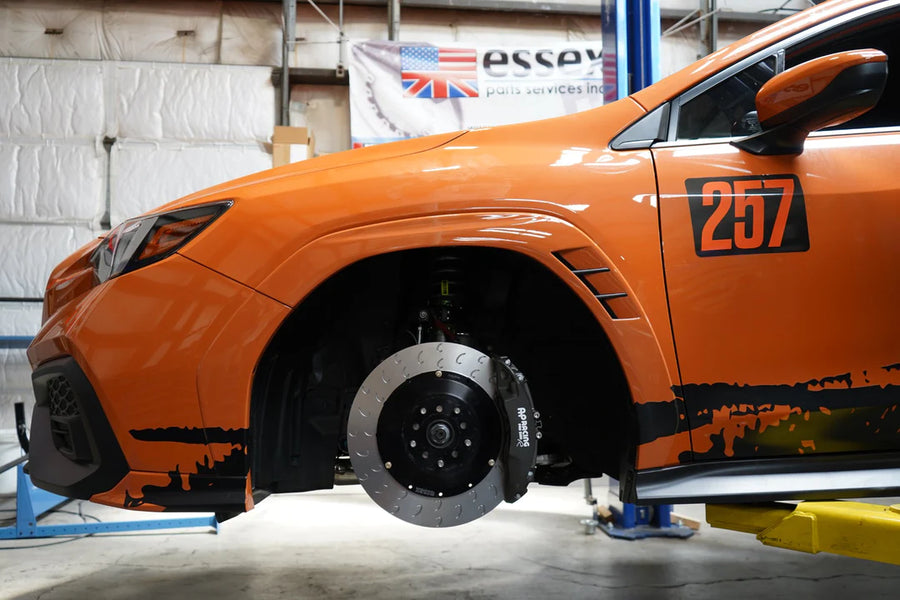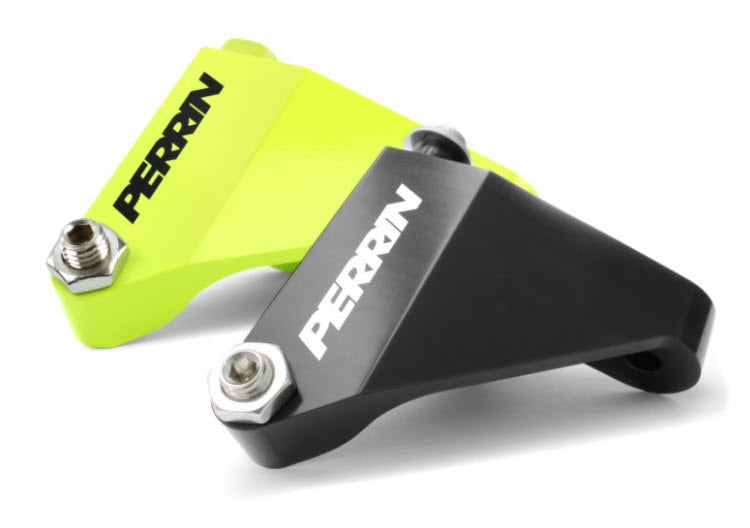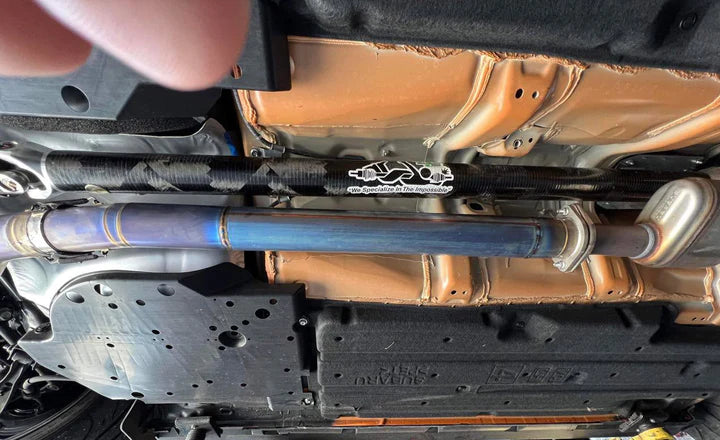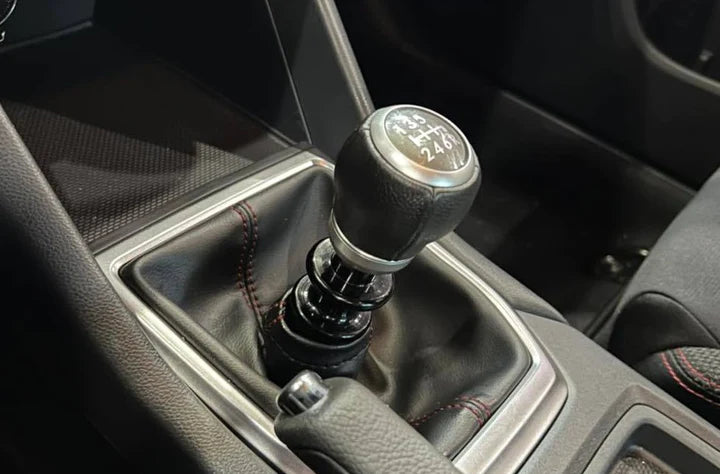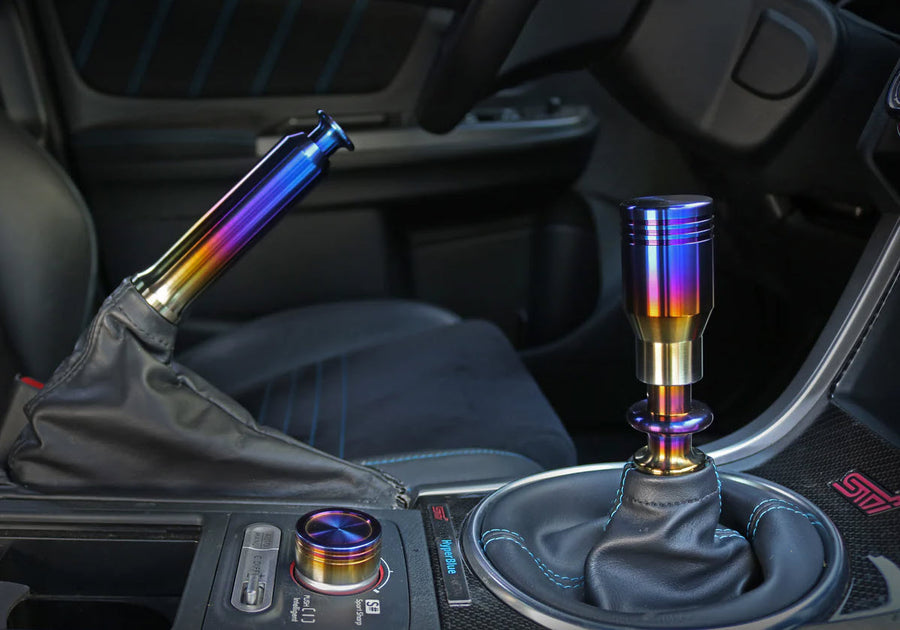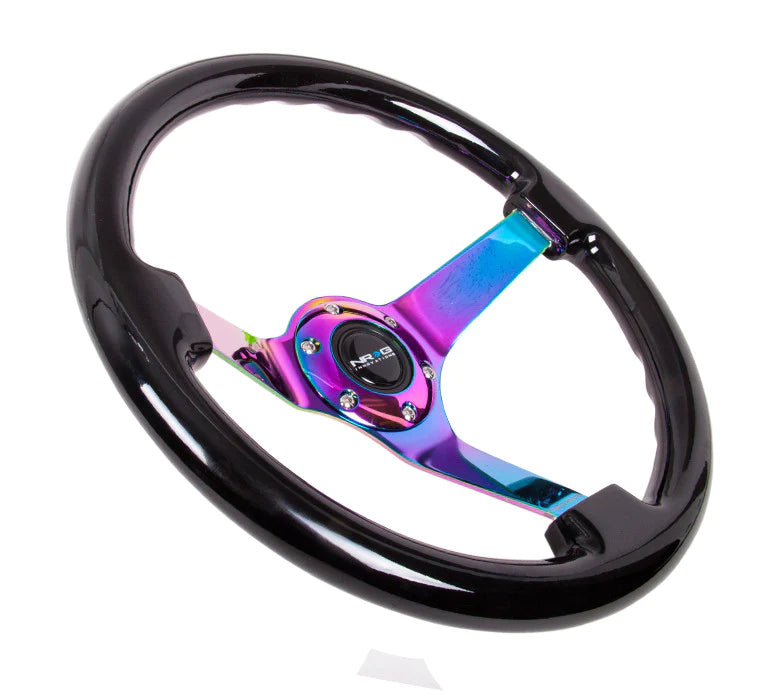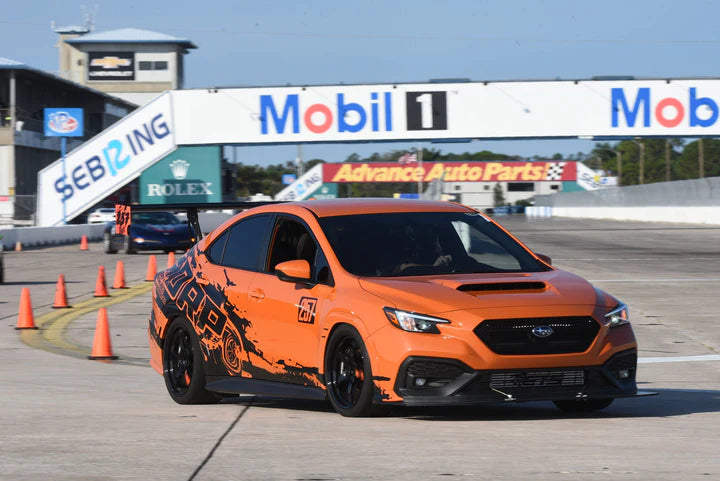The Ultimate Guide to Spoiler and Wing Types

Adding a spoiler or wing is a popular modification that allows vehicle owners to enhance a car’s performance and appearance. These additions give your vehicle a more aggressive, race-inspired look and provide valuable aerodynamic benefits, particularly at high speeds. This comprehensive guide looks at the different types of spoilers and wings, their history, and advanced aerodynamic principles. Get ready to discover how to select the perfect addition to your car for peak performance.
Defining Spoilers and Wings
Understanding the key distinctions between a spoiler and a wing is crucial. A spoiler is a horizontal aerodynamic component typically mounted on a car’s trunk or rear hatch. Its primary purpose is to mitigate turbulence and disrupt unfavorable airflow across the vehicle’s body, ultimately enhancing stability and grip at higher speeds.
On the other hand, a wing takes a more aggressive and performance-focused approach. Often found on race cars and high-performance vehicles, wings provide substantial downforce to keep the car planted on the road. Wings increase grip and minimize aerodynamic lift when cruising at high velocities by generating additional downward pressure, resulting in superior cornering capabilities and enhanced traction.
By incorporating these aerodynamic features, spoilers and wings significantly optimize a vehicle’s performance and handling characteristics to cater to different driving needs and preferences.
The History of Wings and Spoilers
Spoilers and wings have a rich history in auto racing, dating back to the early 20th century. They originated as a response to the increasing speeds of racing cars and the resulting need for better control and stability. The first recorded use of a spoiler on a racing car was during Formula One in the 1960s. The pioneering team Lotus introduced the rear spoiler, revolutionizing track performance. Around the same time, American muscle car manufacturers added wings and spoilers to road-going cars, starting with the 1969 Dodge Charger Daytona. Since then, these aerodynamic components have become a standard feature in the racing and consumer automotive industries, continually evolving to improve handling performance and fuel efficiency.
Selecting the Right Wing or Spoiler for Your Car
Choosing the appropriate spoiler or wing for your car depends on a few important factors.
Vehicle Make and Model: Many spoilers and wings only match with certain vehicle makes and models. For example, if you own a Subaru, you’ll want to find aftermarket Subaru parts when getting an upgrade. Be sure to research compatibility with your vehicle.
Driving Style and Purpose: Are you looking for a subtle update for the daily driver, or are you preparing your car for serious track use? The answer will determine whether to opt for a low-profile spoiler or a race-ready wing.
Budget: Consider your budget when deciding on materials and the cost of professional installation if needed.
Material Choices: Balancing Performance and Affordability
There are various materials used to construct wings and spoilers, and each offers a unique blend of benefits and drawbacks.
- ABS plastic is cost-effective and lightweight but may be less resilient over time.
- Fiberglass offers a balance of affordability, durability, and customization potential, making it a popular choice for many enthusiasts.
- Carbon fiber is a top-tier material valued for its strength, weight savings, and eye-catching appearance; however, it comes at a premium price.
Advanced Aerodynamics: The Science Behind Wing Design
The intricate science of aerodynamics forms the backbone of wing design and determines its efficacy. Two fundamental concepts are central to understanding this science: Wing Aspect Ratio and the Lift-to-Drag Ratio. The former, Wing Aspect Ratio, compares a wing’s length to its width, with a longer, thinner wing (indicating a high aspect ratio) typically resulting in lower drag. In contrast, a shorter, wider wing (showing a low aspect ratio) provides better responsiveness and maneuverability.
The Lift-to-Drag Ratio is a metric that measures the performance of a wing by comparing the lift it generates against the drag it creates. A higher Lift-to-Drag ratio suggests superior performance, as the wing can produce more downforce. However, this performance can vary depending on factors such as the wing’s shape and angle, among other factors.
Understanding the Science of Spoilers: Disrupting Airflow for Better Performance
Spoilers primarily disrupt the airflow that moves over, around, and under the vehicle as it drives. The name “spoiler” comes from its function—it “spoils” the smooth flow of air. When a car is in motion, the air flows over the front of the car and rushes toward the rear. Without a spoiler, this air would tumble over the back of the vehicle, creating a phenomenon known as flow separation. This phenomenon leads to an area of turbulence behind the car, which increases drag and reduces fuel efficiency.
A properly designed spoiler changes this scenario. It disrupts the smooth flow of air, causing it to split and move around the car rather than following the body line from the roof to the back. This disruption reduces the air that tumbles at the back, minimizing the area of turbulence and, subsequently, the drag. A lower drag coefficient helps the car move more efficiently, resulting in better fuel economy and enhanced stability. By reducing lift and increasing the vehicle’s grip on the road, a spoiler can significantly improve handling at high speeds, particularly during cornering. The science of spoilers is an intricate blend of aerodynamics and physics, all aimed at enhancing your vehicle’s performance and efficiency.
Installation and Maintenance
Once you select the perfect spoiler or wing for your car, you must install it correctly. While some installations may be relatively straightforward, others may require professional assistance. Improper installation can lead to poor performance and even damage your vehicle. It’s also crucial to regularly maintain your spoiler or wing, ensuring it remains in optimal condition for maximum performance and longevity. Regularly clean and inspect it for any damage and replace worn or damaged components as needed.
The Future of Wing and Spoiler Technology: Innovations and Advancements
As motorsports continue to evolve, so too will spoiler and wing design. Some notable advancements to look out for in the coming years include the following.
- Active Aerodynamics: This technology uses advanced sensors and actuators to allow dynamic changes in wing and spoiler position, depending on driving conditions.
- Adjustable Flaps: Similar to active aerodynamics, adjustable flaps allow drivers to fine-tune their wing or spoiler’s angle while driving.
- Wind Tunnel Testing and Simulation: With advancements in computer simulation technology, manufacturers can now test and refine wing and spoiler designs virtually before producing physical prototypes.
Adding a spoiler or wing to your car can enhance its appearance and improve its performance through aerodynamics. When selecting the right aftermarket part for your vehicle, consider factors such as compatibility, driving needs, and budget. Additionally, understanding aerodynamic principles and keeping an eye on emerging technologies can help you make an informed decision.
With the right spoiler or wing, you can take your driving experience to new heights! So, whether you’re a track enthusiast looking for every advantage or want to stand out on the road, there’s a spoiler or wing type perfect for your car. Keep these considerations in mind and explore the wide range of options available to find the ultimate addition to your vehicle. The sky’s the limit—add a spoiler or wing and take your driving experience to greater heights!


